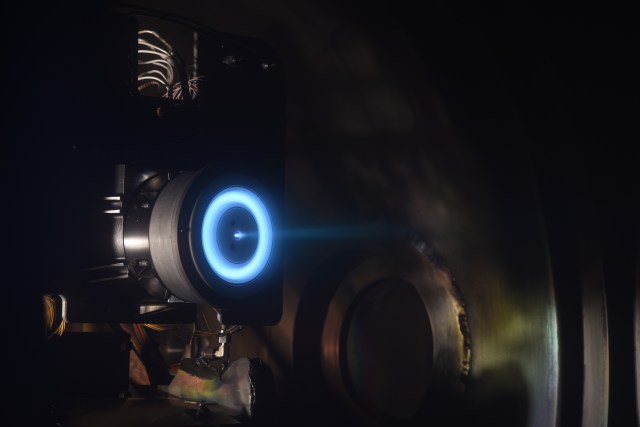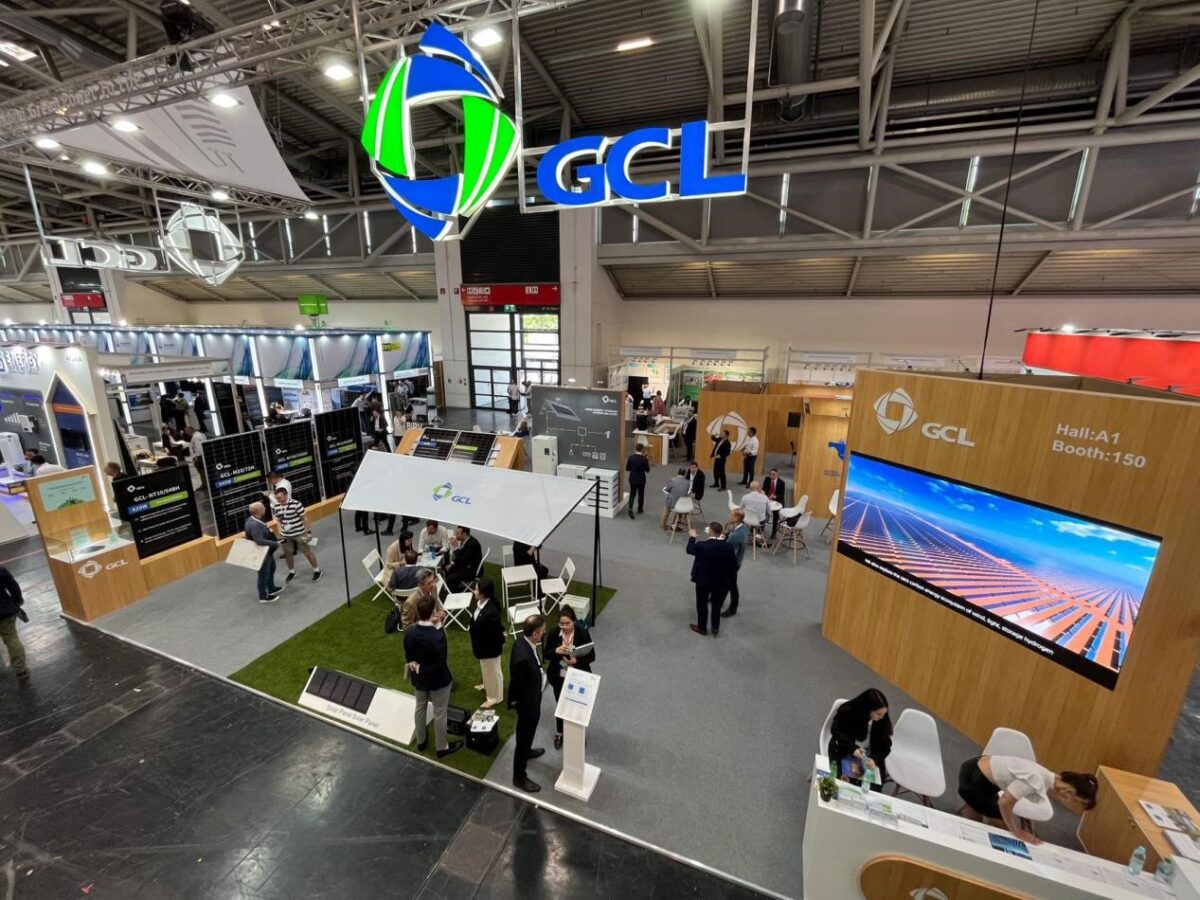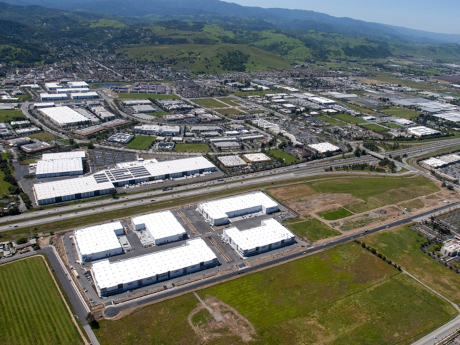
The development of small spacecraft for planetary science missions presents a unique set of challenges that require a high-velocity change (delta-v) capability. These maneuvers, such as achieving planetary escape velocities and orbit capture, are beyond the capabilities of typical commercial spacecraft and require an electric propulsion system to carry them out.
The most critical technology needed for these small spacecraft missions is an electric propulsion system that can operate using low power (sub-kilowatt) while still having a high-propellant throughput. This means that the system must be able to use a large total mass of propellant over its lifetime to generate the required impulse to carry out the necessary maneuvers.
To achieve this, scientists and engineers must develop new materials and technologies that can store more propellant in smaller packages while maintaining high performance. They must also develop new control systems that can precisely manage the release of propellant to achieve the desired velocity changes.
Without an electric propulsion system with these capabilities, small spacecraft missions for planetary science would be limited in their ability to execute the necessary propulsive maneuvers. However, by developing and implementing such systems, small spacecraft will be able to explore planets and achieve mission objectives that were previously unattainable.
In conclusion, developing electric propulsion systems with high delta-v capabilities is crucial for small spacecraft missions in planetary science. These systems must be capable of operating using low power while still having a high-propellant throughput to achieve challenging maneuvers such as planetary escape velocities and orbit capture. With continued advancements in materials and technologies, we can expect these systems to become even more efficient and capable in the future, opening up new opportunities for exploration and discovery beyond Earth’s atmosphere.







